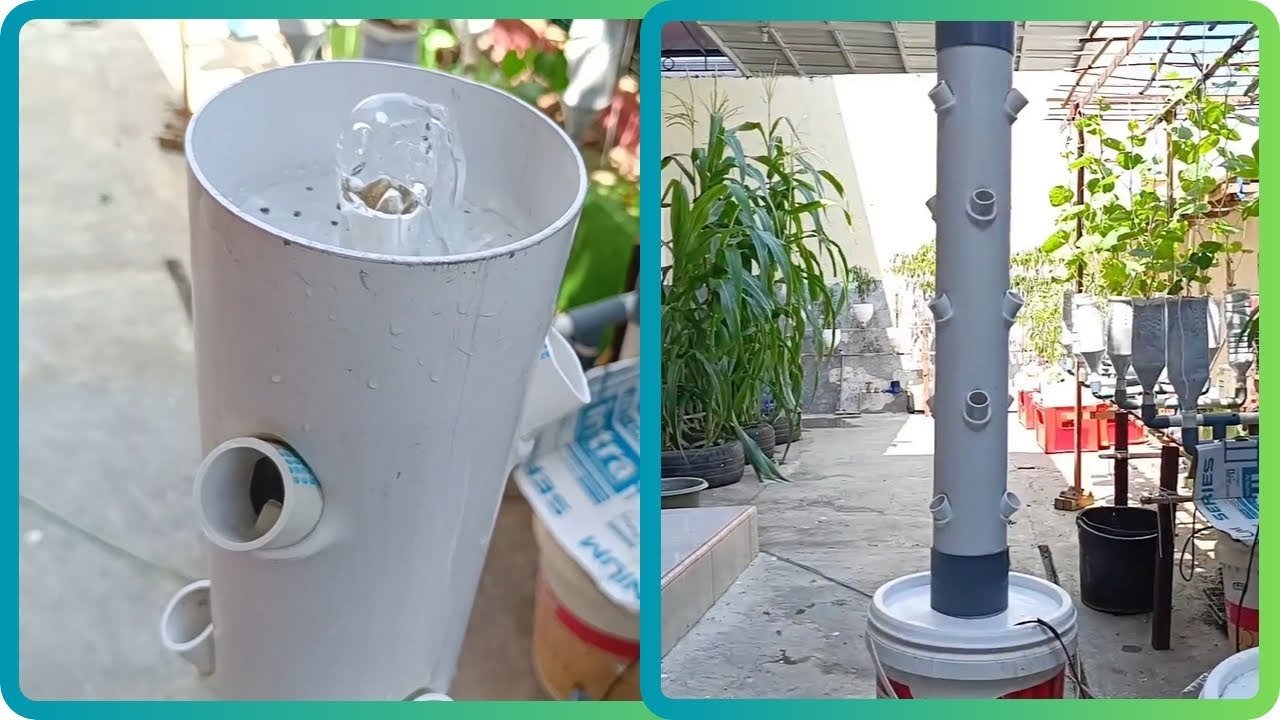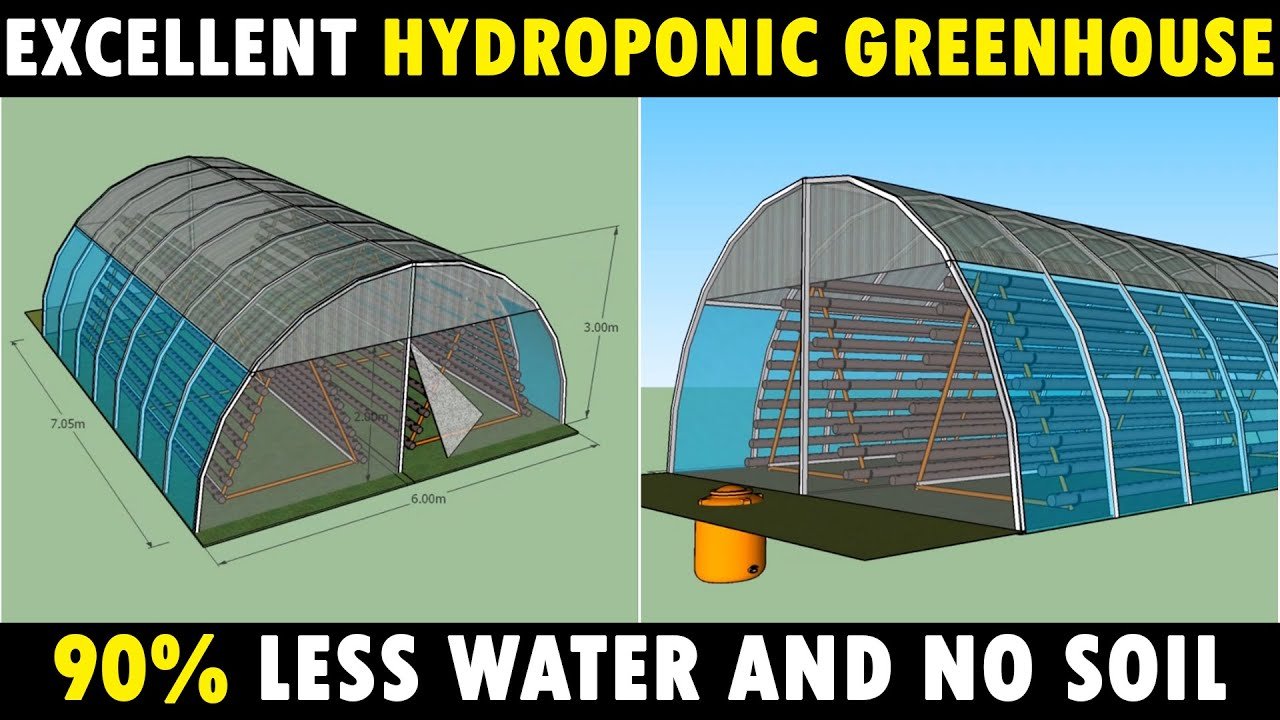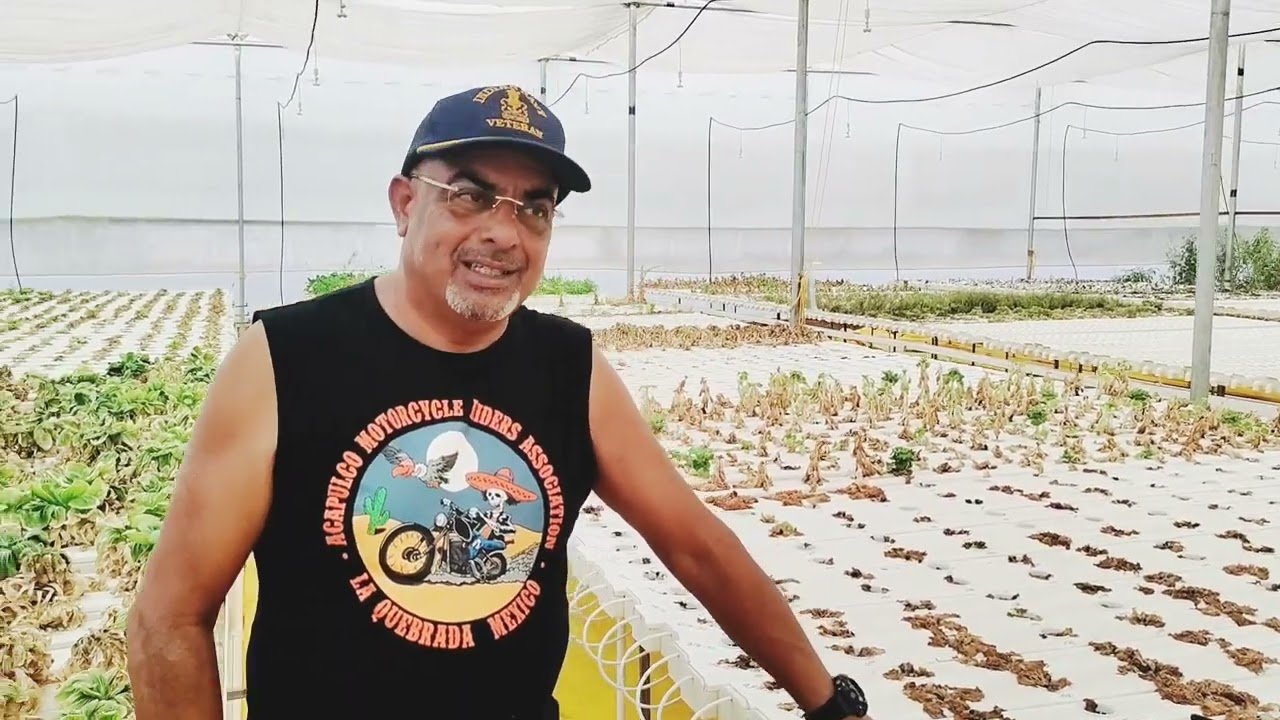My Backyard Hydroponics Adventure
A couple of summers ago, I found myself staring out into my backyard, envisioning a lush paradise of fresh veggies, vibrant leafy greens, and perhaps a small pond of fish merrily swimming around. You see, living in a tiny town in Ohio with more grass than garden has its challenges. We don’t have the luxury of sprawling fields where you can plant anything your heart desires. So, naturally, my thoughts turned to the DIY hydroponics system – more specifically, a rain gutter garden paired with aquaponics.
The Spark of an Idea
It all started when I stumbled upon a YouTube video while half-heartedly scrolling late one night. There it was: a fellow DIY enthusiast, with a massive grin, showing off his thriving hydroponic setup made from old rain gutters and a handful of tilapia. I thought, “Why not?” My wife was dubious, raising an eyebrow as I excitedly rattled on about tomatoes, peppers, and fresh basil. It was my demented carnival-themed dream as backyard zucchini and cucumbers stared glumly from their neglected patches of earth.
After a few weeks of Googling and browsing through the local hardware store, I collected materials from all around the house. Old gutters I’d ripped off during the last big storm, a small aquarium pump I’d buried in the shed, some leftover PVC pipes, and an old fish tank with cracks that hadn’t seen water in years.
That Sunday morning, armed with a wrench, duct tape, and a somewhat optimistic attitude, I set off on my backyard adventure.
Trials and Misfires
Now, let me just say, if there’s one thing I learned, it’s that ambition can outstrip ability by quite a margin. That first day unfolded like a scene from a comedy. "Surely," I thought, "this will be easy." But I soon found out that just because I had all the materials doesn’t mean I had a workable plan. I hastily scrapped together my rain gutters, slapping them onto some cinder blocks I had laying around like an amateur architect channeling my inner Bob Vila.
It wasn’t long before the struggle started to set in. The pump, supposedly simple to operate, seemed to mock me every time I turned it on. I tweaked and turned knobs that felt like they hadn’t been touched in years. Almost in surrender, I kicked the side of the unit and watched as it finally sputtered to life. Water gushed through the system, and I thought I’d nailed it! But then came the green horror – algae. Sweet Lord, the water started turning green faster than I could say "hydroponic."
The stench was something else. It was a mix of stagnant water and that earthy fishy smell; imagine an overripe swamp wearing a crown of despair. I was relentless, violently waving my arms at the air as I rushed through different methods, trying to find the sweet spot for aeration.
The Fishy Dilemma
As if the algae weren’t enough, I had plunged headfirst into the murky waters of fish selection. In a daydream of fresh fish and fertilizer, I decided to go with tilapia since they are hardy and don’t require too much. I made a journey to the local fish store with a mix of excitement and nerves, my heart racing as I picked out the little critters in a plastic bag that jiggled in my hands.
For some reason, I thought I’d save money by grabbing a dozen. "The more the merrier," I chuckled. A week in, and my little fishy friends started dropping like flies. I tried everything to nurse them back, but nothing worked. I can still recall the sadness of watching my aquatic comrades bobbing lifelessly at the surface, the kids’ faces scrunching up in disappointment, while I half-heartedly blamed my “expertise.”
Desperate to salvage my hydroponic dreams, I turned to the internet for answers. Turns out, my algae problem was draining the oxygen in the tank. Figures! Who knew?
Learning Along the Way
It took a few failed attempts, some questionable YouTube advice, and, oh yes, a whole lot of fish-shaped tears (RIP, Joe the Tilapia), before I figured out the right balance of water cycles, aeration, and nutrient density. I reinvented my system with better drainage and proper filtration. I even bought a more reliable pump that didn’t have the blockbuster flare of “Ending of Days.”
One day, in a moment of rare luck, I caught the scent of herbs wafting through the air as I went outside. I’d finally managed to grow some lettuce, kale, and even a few strawberries tucked into the corners of the system. And for once, I had that delightful whirl of hope instead of despair.
A Work in Progress
Looking back, my hydroponics attempt is like my family’s Sunday dinners – chaotic but ultimately rewarding, flavored with laughter and the occasional frustration. I learned that perfection isn’t possible, nor is it necessary. Our mistakes became teachable moments, like reading the labels on fertilizer rather than guessing how much to throw in.
If you’re thinking about diving into DIY hydroponics, just remember: Don’t sweat the mess-ups or the green water. Each mistake means you’re one step closer to a thriving little ecosystem. It might not be perfect, but it’s your creation, and that counts for something heartfelt and real.
So, here’s the takeaway: If you’re thinking about doing this, don’t worry about getting it perfect. Just start. You’ll figure it out as you go, and who knows? You might just catch yourself growing something beautiful in the process.
Curious to see how other DIY enthusiasts tackle challenges like this? Join the next session! Discover tips and tricks to help navigate all the messy in-between moments that lead to triumph. Reserve your seat!







Leave a Reply